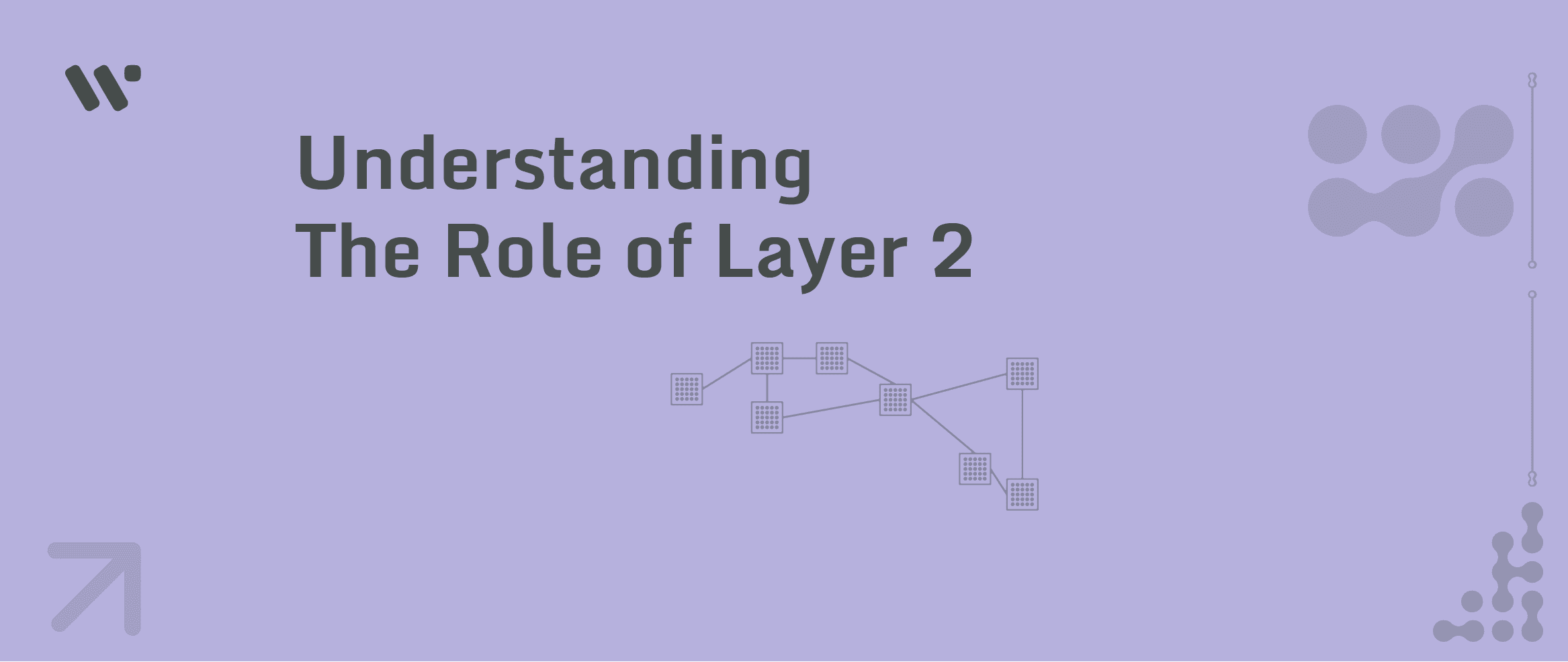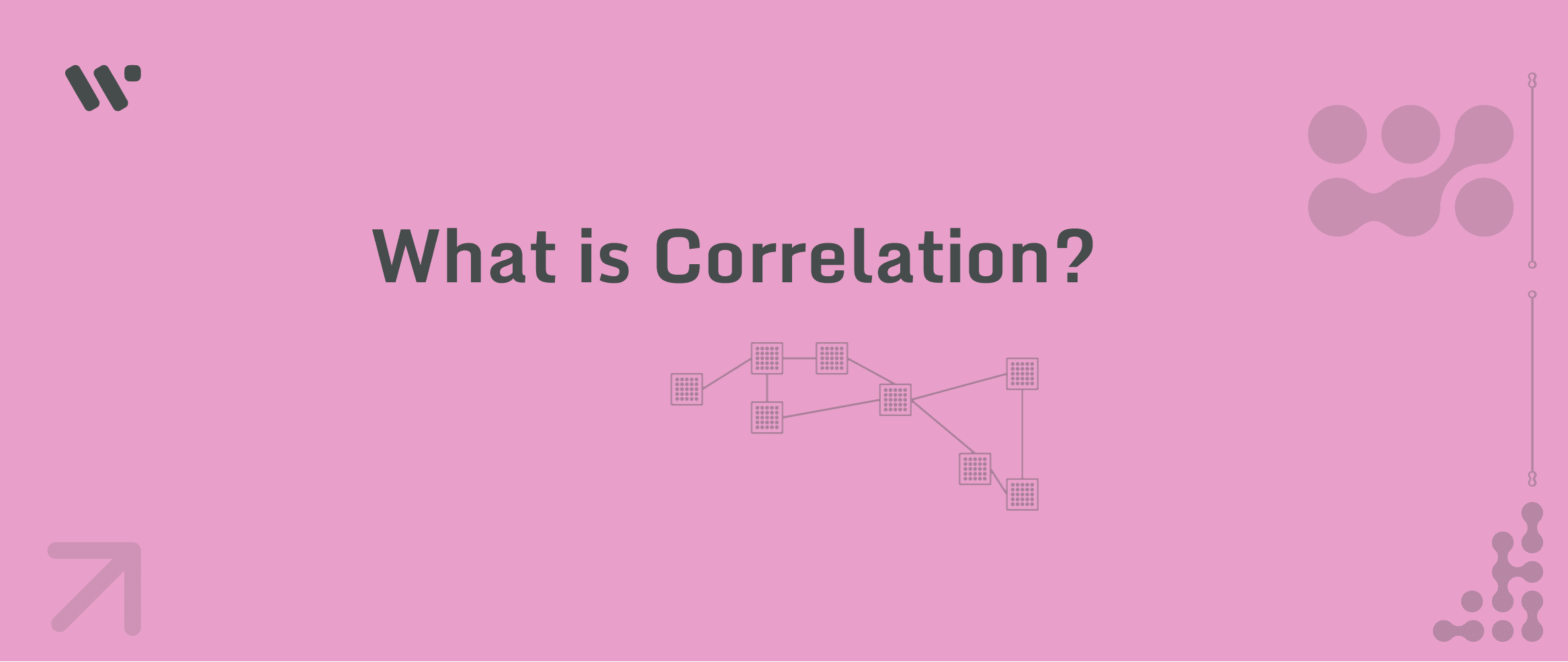Matthew Webb
Understanding the Role of Layer 2 Solutions in Blockchain Scalability

Disclaimer
This article is for educational purposes only and should not be considered as financial or investment advice. Always do your own research and consult with a qualified professional before making any investment decisions or engaging with blockchain technologies.
Introduction
As blockchain technology continues to evolve and gain widespread adoption, one of the most pressing challenges it faces is scalability. Major networks like Ethereum have struggled with congestion, high transaction fees, and slow processing times during periods of high demand. This is where Layer 2 (L2) solutions come into play, offering a way to alleviate these issues and pave the way for blockchain technology to reach its full potential.
In this comprehensive guide, we'll dive deep into the world of Layer 2 solutions, exploring what they are, how they work, and why they're crucial for the future of blockchain technology. Whether you're a developer, investor, or simply curious about the cutting edge of decentralized technologies, this article will provide you with a solid understanding of Layer 2 solutions and their role in shaping the blockchain landscape.
What are Layer 2 Solutions?
Defining Layer 2
Before we delve into Layer 2 solutions, it's important to understand the concept of layers in blockchain architecture:
- Layer 1 (L1) refers to the base blockchain protocol, such as Ethereum or Bitcoin. This is where the fundamental consensus mechanisms and security features are implemented.
- Layer 2 (L2) refers to secondary frameworks or protocols built on top of the Layer 1 blockchain. These solutions aim to improve the scalability and efficiency of the base layer without compromising its decentralization or security.
Layer 2 solutions essentially take some of the burden off the main blockchain, processing transactions off-chain and then reporting back to the main chain. This allows for faster transactions and lower fees while still benefiting from the security of the underlying blockchain.
The Need for Layer 2 Solutions
The primary driver behind the development of Layer 2 solutions is the scalability trilemma, a concept popularized by Ethereum co-founder Vitalik Buterin. The trilemma posits that blockchain systems can only achieve two out of three desirable properties: decentralization, security, and scalability.
Most public blockchains prioritize decentralization and security, which often comes at the cost of scalability. This leads to several issues:
- Network Congestion: During periods of high activity, networks like Ethereum can become congested, leading to slow transaction times.
- High Fees: As network usage increases, so do transaction fees, pricing out many users and use cases.
- Limited Throughput: The number of transactions that can be processed per second is limited, constraining the network's ability to support widespread adoption.
Layer 2 solutions aim to address these issues by moving much of the transaction processing off the main chain, thereby increasing the overall capacity and efficiency of the network.
Types of Layer 2 Solutions
There are several types of Layer 2 solutions, each with its own approach to improving scalability. Let's explore some of the most prominent ones:
Rollups
Rollups are one of the most popular and promising Layer 2 solutions, especially for Ethereum. They work by executing transactions off-chain, bundling (or "rolling up") multiple transactions into a single transaction, and then submitting the bundle to the main chain.
There are two main types of rollups:
-
Optimistic Rollups: These assume transactions are valid by default and only run the computation, via a fraud proof, in the event of a challenge. Examples include Optimism and Arbitrum.
-
ZK-Rollups: These use zero-knowledge proofs to validate transactions, providing faster finality and potentially better security. Examples include zkSync and StarkNet.
Rollups offer a high degree of security as the transaction data is still stored on the main chain, even though the computation happens off-chain.
State Channels
State channels allow participants to conduct multiple transactions off-chain, only settling the final state on the main blockchain. This is particularly useful for applications that require frequent, fast interactions between a set number of participants.
A good analogy is a bar tab. Instead of paying for each drink individually (on-chain transactions), you open a tab (open the state channel), order multiple drinks throughout the night (off-chain transactions), and then settle the total bill at the end (close the channel and settle on-chain).
The Lightning Network for Bitcoin is a prominent example of a state channel solution.
Sidechains
Sidechains are separate blockchains that run in parallel to the main chain and have a two-way peg to it. They can have their own consensus mechanisms and block parameters, allowing for greater flexibility and scalability.
Transactions occur on the sidechain and can then be moved back to the main chain when needed. Polygon (formerly Matic Network) is a well-known sidechain solution for Ethereum.
Plasma
Plasma is a framework for creating child chains that periodically report back to the main chain. It uses fraud proofs similar to Optimistic Rollups but creates a hierarchical structure of chains, potentially allowing for even greater scalability.
However, Plasma chains have some limitations, particularly around data availability, which has led to a shift in focus towards rollup solutions in recent years.
Benefits and Challenges of Layer 2 Solutions
Benefits
-
Increased Scalability: By moving transactions off the main chain, Layer 2 solutions can dramatically increase the number of transactions per second that a network can handle.
-
Lower Fees: With reduced congestion on the main chain, transaction fees can be significantly lower on Layer 2 solutions.
-
Faster Transactions: Off-chain processing allows for near-instantaneous transactions in many cases.
-
Maintained Security: Layer 2 solutions inherit the security of the underlying blockchain while improving performance.
-
Improved User Experience: The combination of faster transactions and lower fees leads to a better overall user experience, which is crucial for wider adoption of blockchain technology.
Challenges
-
Complexity: Layer 2 solutions add another level of complexity to blockchain systems, which can be challenging for developers and users to navigate.
-
Liquidity Fragmentation: As users and assets are spread across different Layer 2 solutions, liquidity can become fragmented, potentially impacting DeFi applications.
-
Centralization Concerns: Some Layer 2 solutions may introduce elements of centralization, which goes against the ethos of decentralized blockchain systems.
-
Interoperability: Ensuring smooth communication and asset transfers between different Layer 2 solutions and the main chain can be challenging.
-
User Education: Many users are unfamiliar with Layer 2 solutions, and education is needed to drive adoption and proper use.
The Future of Layer 2 Solutions
As blockchain technology continues to evolve, Layer 2 solutions are likely to play an increasingly important role. Here are some trends and developments to watch:
-
Increased Adoption: As scalability issues persist on main chains, we're likely to see increased adoption of Layer 2 solutions by both developers and users.
-
Improved Interoperability: Efforts are underway to create standards and protocols that allow for easier movement of assets between different Layer 2 solutions and main chains.
-
Integration with DeFi: Decentralized Finance (DeFi) applications are increasingly integrating with or moving to Layer 2 solutions to offer users lower fees and faster transactions.
-
Layer 2 Ecosystems: We may see entire ecosystems of applications developing on specific Layer 2 solutions, similar to how ecosystems have developed on Layer 1 chains.
-
Novel Applications: The increased scalability provided by Layer 2 solutions may enable new types of blockchain applications that weren't previously feasible due to high costs or slow speeds.
Conclusion
Layer 2 solutions represent a crucial development in the evolution of blockchain technology. By addressing the scalability challenges faced by major networks like Ethereum, these solutions pave the way for wider adoption and more diverse applications of blockchain technology.
As a developer, understanding Layer 2 solutions is becoming increasingly important. Many of the most exciting projects and opportunities in the blockchain space are now happening on Layer 2, and this trend is likely to continue.
For users and investors, Layer 2 solutions offer the promise of faster, cheaper transactions without sacrificing the security and decentralization that make blockchain technology so powerful.
However, it's important to remember that the Layer 2 landscape is still evolving. New solutions are being developed, existing ones are being refined, and best practices are still emerging. As with all aspects of blockchain technology, it's crucial to stay informed and approach new developments with a critical eye.
Layer 2 solutions are not just a stopgap measure, but a fundamental shift in how we think about and build blockchain systems. They allow us to overcome the limitations of base layer blockchains while still leveraging their core strengths. As these solutions mature and gain adoption, they have the potential to unlock the full promise of blockchain technology, enabling a new generation of decentralized applications and services.
The journey of blockchain technology is just beginning, and Layer 2 solutions are set to play a starring role in its next chapter. Whether you're a developer, user, or investor, understanding Layer 2 is key to navigating the future of this transformative technology.
Related Posts


